The Tropical Conservation Internship Program is seeking 10 outstanding undergraduate students to participate in multiple research and hands-on training internship opportunities offered at our partnered organizations during the Spring 2022 semester.
Qualified students should possess an interest in conservation of plants and/or animals, and have basic knowledge of ecological research principles and procedures. Students must be self-motivated and willing to assist in research and work related duties. Participants must enroll in a 0-credit internship course in your department and prepare a professional presentation upon project completion.
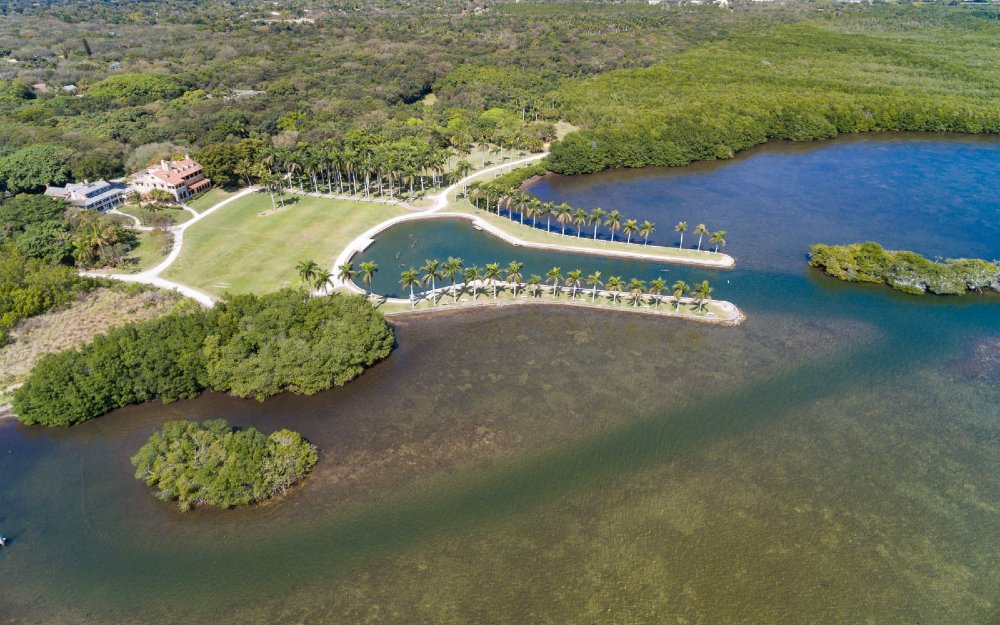
How to apply: Interested applicants should submit a letter of intent, resume/CV, and one letter of recommendation along with this application form. A $2,000 Fellowship Award will be provided to recipients in increments throughout the internship period. Please note that you will need to dedicate at least 12 hours per week on your internship project (some time may be spent off-site) and follow all Covid-19 related protocols at the individual internship site.
Due date: 11:59pm on Jan. 10, 2022
Sites
Interns work on projects across a range of focus areas at sites throughout Miami-Dade County.
Interns
Hands-on training lets our interns develop their research and professional skills while advancing tropical research and conservation. Learn about the experiences of some of our past interns:
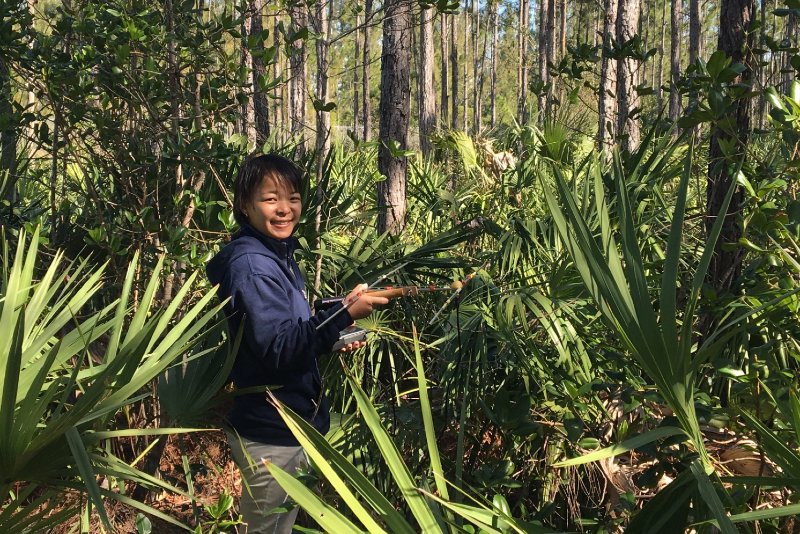
Brianna Chin
As part of the Spring 2018 internship cohort, Brianna worked at Zoo Miami tracking the movements of gopher tortoises throughout the pine rocklands surrounding the Zoo using a handheld radio receiver, antenna system and GPS. Through the completion of her research project, Brianna learned about Geographical Information Systems (GIS) and using two different kinds of software to keep record of GPS points. Brianna presented a poster based on her research at the 40th annual Gopher Tortoise Council Conference. Find out more about Brianna's internship experience.
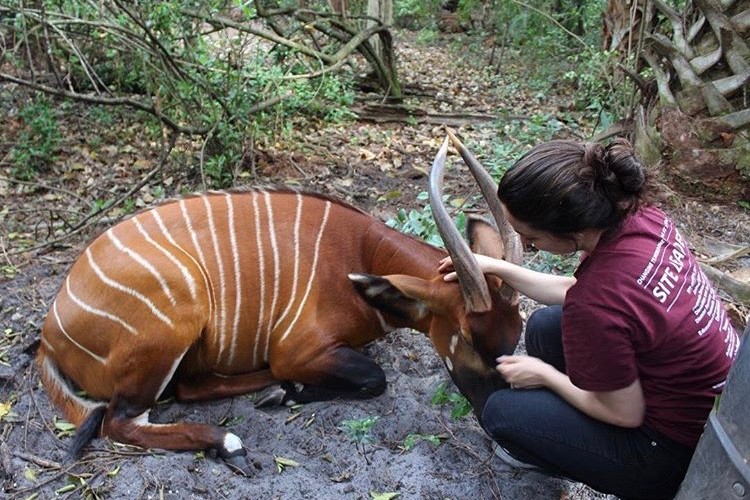
Jessica Rodriguez
Jessica was an intern at the Rare Species Conservatory Foundation in Spring 2017. During her internship, she worked on a project that aimed to create a scoring system to rate the fitness of individual mountain bongo antelope - an endangered flagship species native to the high mountain forests of Kenya - to be repatriated to its native ecosystem. In her time as an intern, she gained hands-on experience in animal husbandry and creating research proposals and presentations. After the internship, Jessica worked full-time at FIU as a communications and outreach coordinator and was accepted into FIU's Earth Systems Science PhD program to research environmental policy.
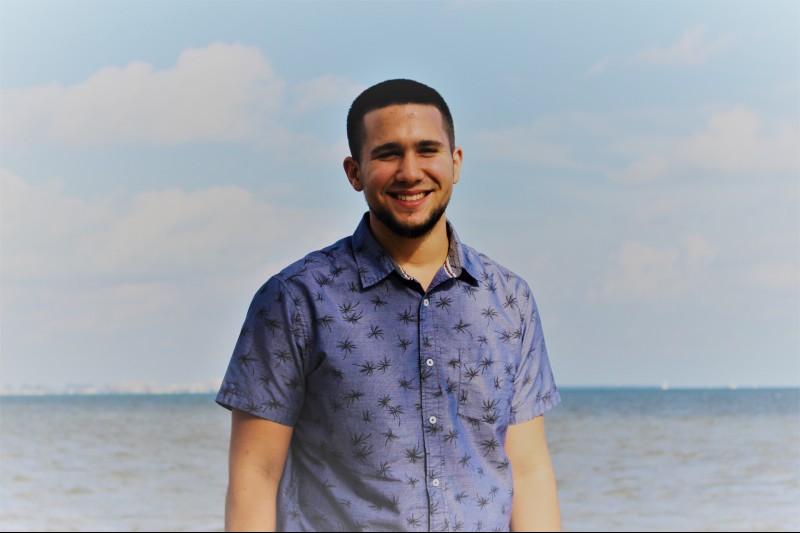
Adrian Figueroa
As a Tropical Conservation Intern in Spring 2017, Adrian examined seed consumption by gopher tortoises in the globally imperiled pine rockland ecosystem surrounding Zoo Miami. He discovered that most of the tortoise seed diet comprised native species, including the seeds from the only known host plant for two federally endangered butterflies.
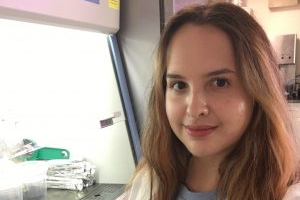
Daniela Leal
Daniela began her internship with Fairchild Tropical Botanic Garden in Spring 2018. During this experience she worked on the Garden's "The Million Orchid Project," which aims to restore native orchids to South Florida's urban landscapes. Daniela worked in the micropropagation laboratory and took on science education roles such as participating in STEMlab and the Discovery Program. Working at Fairchild provided Daniela with more direction regarding her path to finding a career: "Nothing can prepare you better than experience, and that is exactly how I feel about my internship." Find out more about Daniela's internship experience.